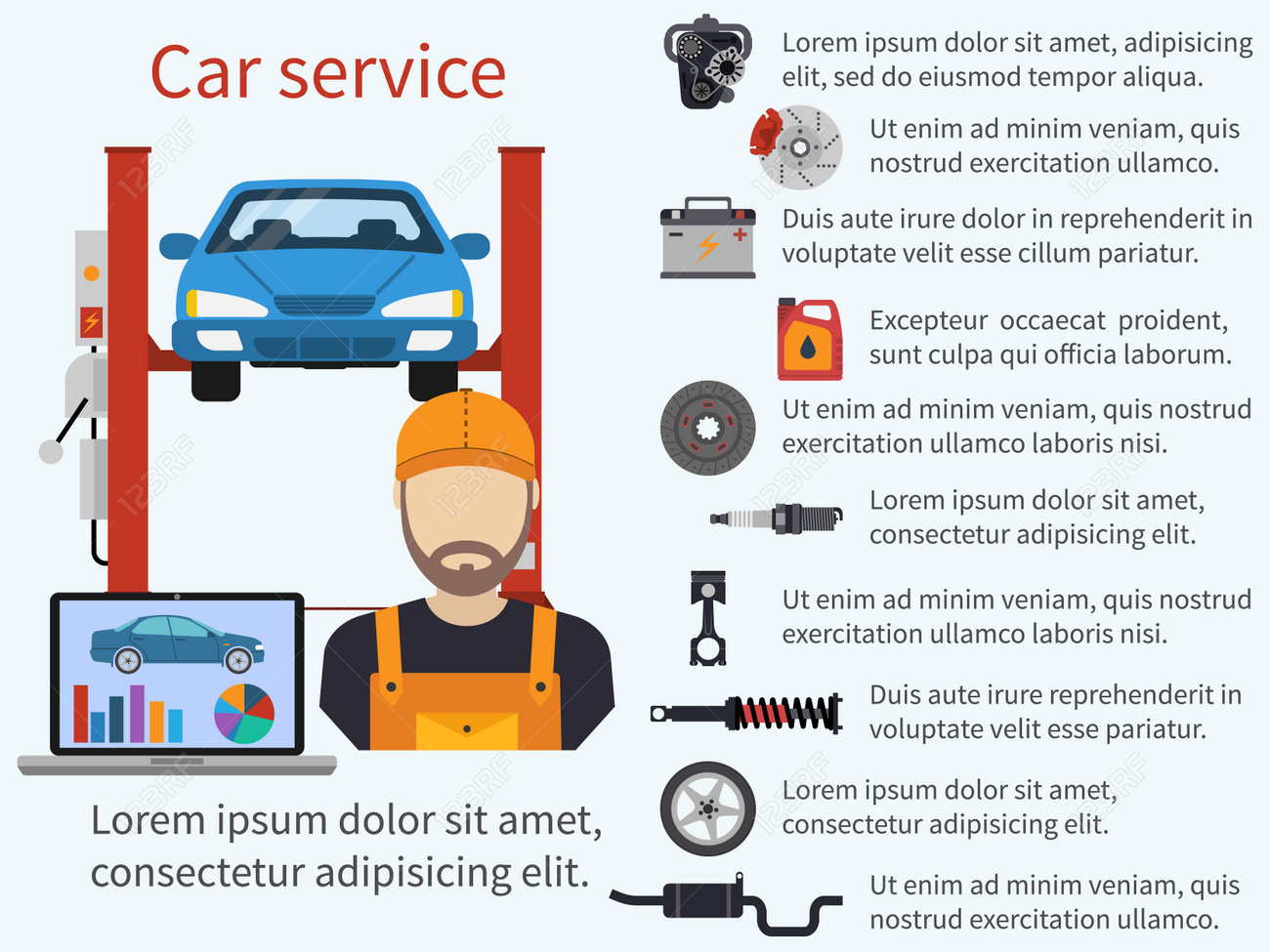Analyzing Your Car'S Alert Lights: Their Real Ramifications
Analyzing Your Car'S Alert Lights: Their Real Ramifications
Blog Article
Written By-Faulkner Forbes
When you're behind the wheel, those glowing warning lights on your control panel can be a little bit complicated. Do https://brake-repair-near-me62739.get-blogging.com/31774338/10-belongings-tips-for-locating-one-of-the-most-dependable-vehicle-repair-shop-in-your-vicinity know what they're attempting to tell you concerning your cars and truck's wellness? Comprehending the significance of these lights is important for your security and the long life of your vehicle. So, the following time one of those lights turns up, wouldn't you wish to decipher its message properly and take the essential actions to resolve it?
Common Warning Lighting and Interpretations
Recognize common warning lights in your cars and truck and comprehend their significances to make sure risk-free driving.
One of the most typical caution lights consist of the check engine light, which signals issues with the engine or discharges system. If this light begins, it's important to have your vehicle checked promptly.
https://jeffreyrmgcv.digitollblog.com/31073269/eager-to-reveal-the-most-effective-automobile-repair-shop-nearby-have-a-look-at-the-top-10-suggestions-that-will-certainly-assist-you-get-to-an-educated-choice warning light shows reduced oil stress, requiring prompt interest to avoid engine damage.
A flashing battery light might suggest a faulty billing system, potentially leaving you stranded if not attended to.
The tire stress monitoring system (TPMS) light signals you to reduced tire stress, affecting automobile stability and gas performance. Neglecting https://www.forbes.com/sites/baldwin/2022/06/19/make-228-an-hour-in-your-spare-time/ can bring about unsafe driving conditions.
The abdominal light shows a trouble with the anti-lock stopping system, jeopardizing your capability to quit swiftly in emergencies.
Lastly, the coolant temperature cautioning light warns of engine getting too hot, which can lead to severe damage if not solved swiftly.
Comprehending these common caution lights will certainly assist you attend to issues without delay and maintain safe driving conditions.
Value of Prompt Attention
Recognizing the usual caution lights in your vehicle is just the very first step; the importance of quickly attending to these warnings can not be highlighted enough to guarantee your security on the road.
When a warning light illuminates on your dashboard, it's your vehicle's method of interacting a possible concern that requires interest. Disregarding these cautions can cause more serious problems in the future, endangering your security and potentially costing you a lot more out of commission.
Prompt attention to warning lights can protect against breakdowns and accidents. As an example, a blinking check engine light might indicate a misfire that, if left unattended, might cause damage to the catalytic converter. Addressing this promptly can save you from an expensive repair service.
Similarly, a brake system cautioning light could signify low brake liquid or worn brake pads, essential components for your safety and security when driving.
Do It Yourself Troubleshooting Tips
If you see a warning light on your control panel, there are a few do it yourself troubleshooting suggestions you can attempt before looking for expert assistance.
The initial step is to consult your cars and truck's manual to understand what the specific warning light suggests. Often the issue can be as straightforward as a loosened gas cap setting off the check engine light. Tightening the gas cap may resolve the problem.
One more typical problem is a reduced battery, which can trigger numerous advising lights. Inspecting the battery connections for corrosion and guaranteeing they're secure might take care of the problem.
If a warning light continues, you can attempt resetting it by detaching the auto's battery for a few mins and then reconnecting it. Additionally, examining your automobile's liquid degrees, such as oil, coolant, and brake fluid, can aid troubleshoot warning lights related to these systems.
Final thought
In conclusion, comprehending your car's warning lights is important for keeping your vehicle running efficiently and safely. By immediately attending to these notifies and recognizing what they mean, you can stay clear of expensive repairs and potential break downs.
Bear in mind to consult your car's guidebook for specific details on each alerting light and act accordingly to ensure a hassle-free driving experience.
Stay educated, stay secure on the road!
